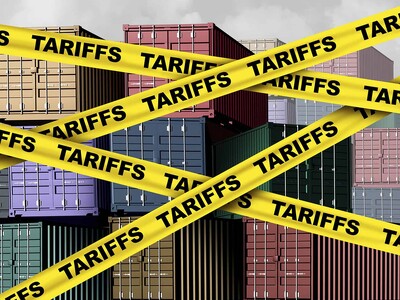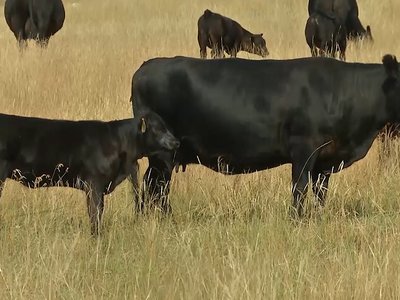Weed Management Strategy
In the last several months, we have done some stories featuring Zen Honeycutt, president of Moms Across America and her concerns about the herbicide glyphosate which is in Roundup, among other herbicides. Well now, we hear concerns articulated by farmers concerning herbicides, but in this case it is weed resistance. Many things will stay the same on the farm of Southwest Minnesota farmer Jim WIllers, such as the 50-50 rotation of corn and soybeans he plants. But other things will change, including how he handles herbicide-resistant weeds. "This year we are going to try some Liberty Link soybeans because we are trying to control weeds and we are going to put part of our production into the Liberty Link beans, otherwise we're staying with the same beings that we have normally"
For Willers, weed control is a big issue as farmers in his area are still searching for options. University research shows using multiple herbicide sites of action provides better control over weeds. Willers says there are other things farmers can do to control weeds as well.
The soy checkoff has played a leading role in establishing Take Action, an industry-wide partnership to help farmers manage herbicide resistance. The Take Action effort encourages farmers to proactively develop a weed-management strategy. That includes planning ahead, managing herbicide use effectively and incorporating a diverse set of controls. For tools and information on how to manage weeds on your farm, visit Take Action on Weeds. com













